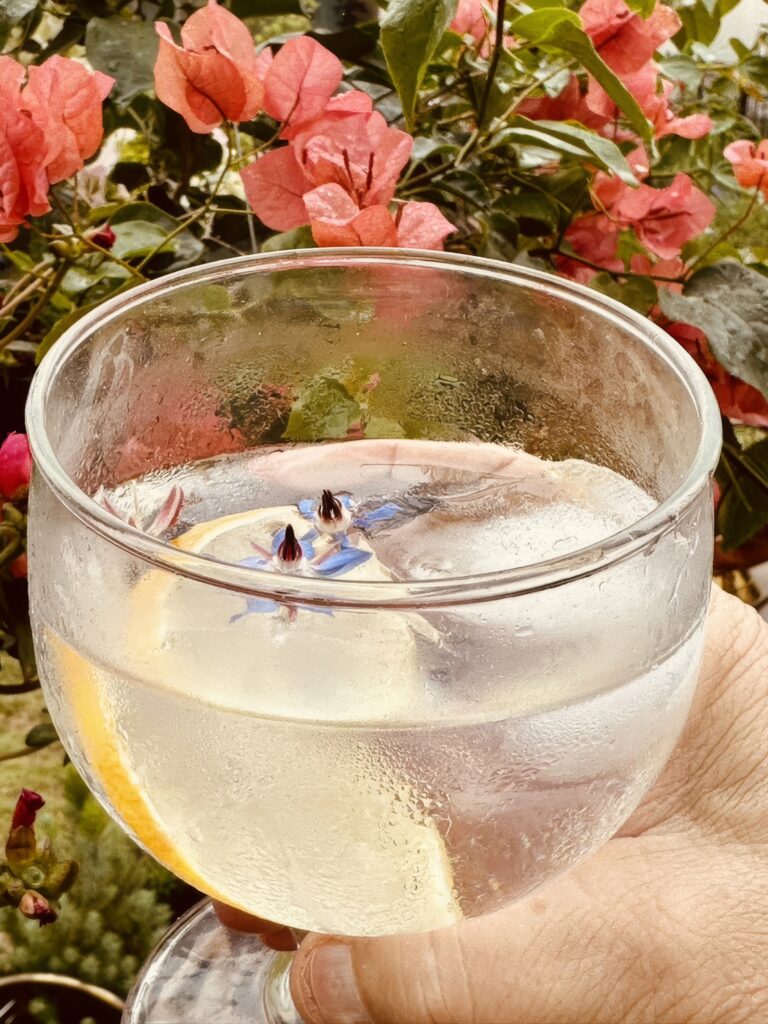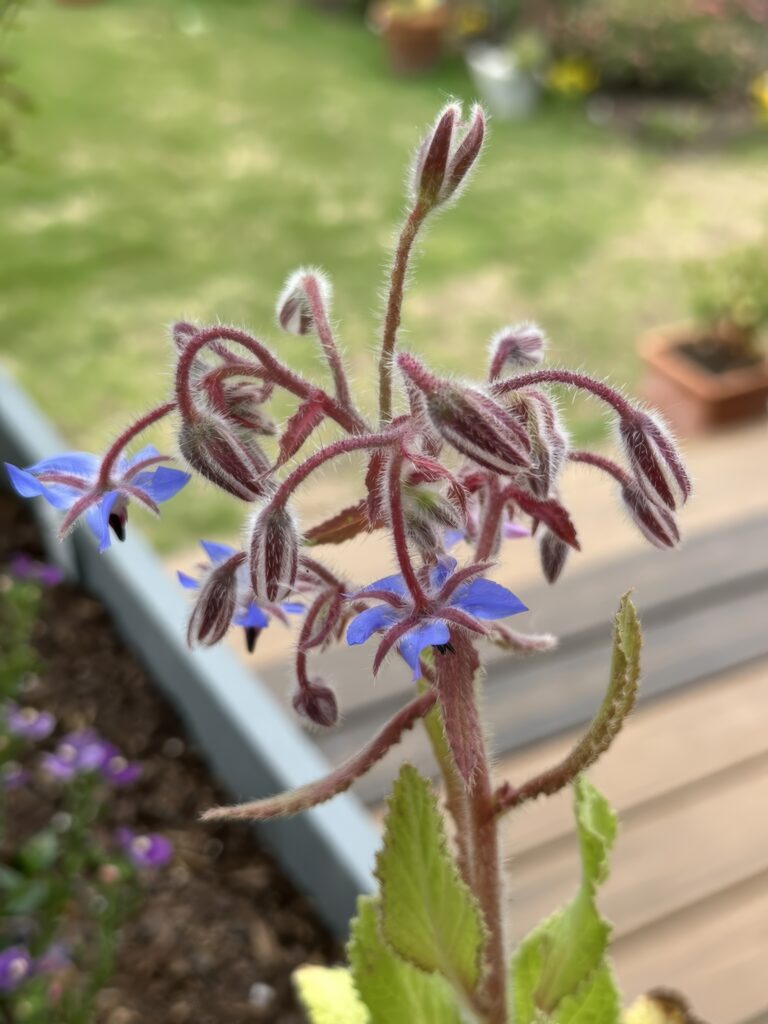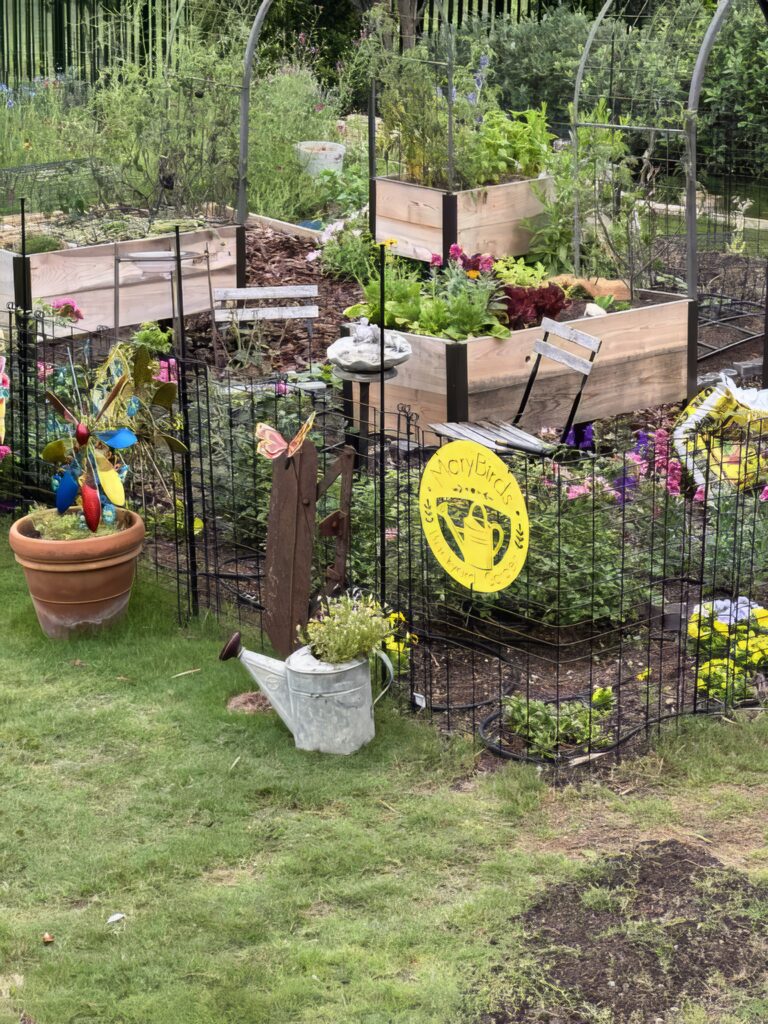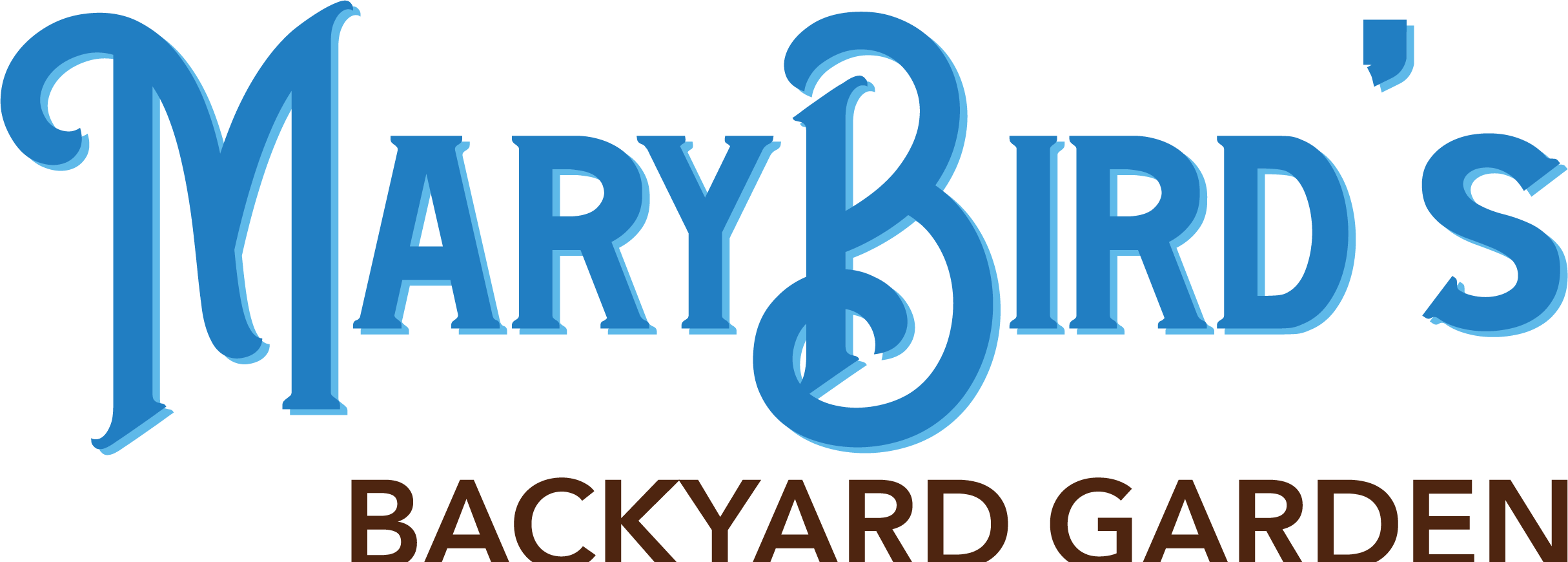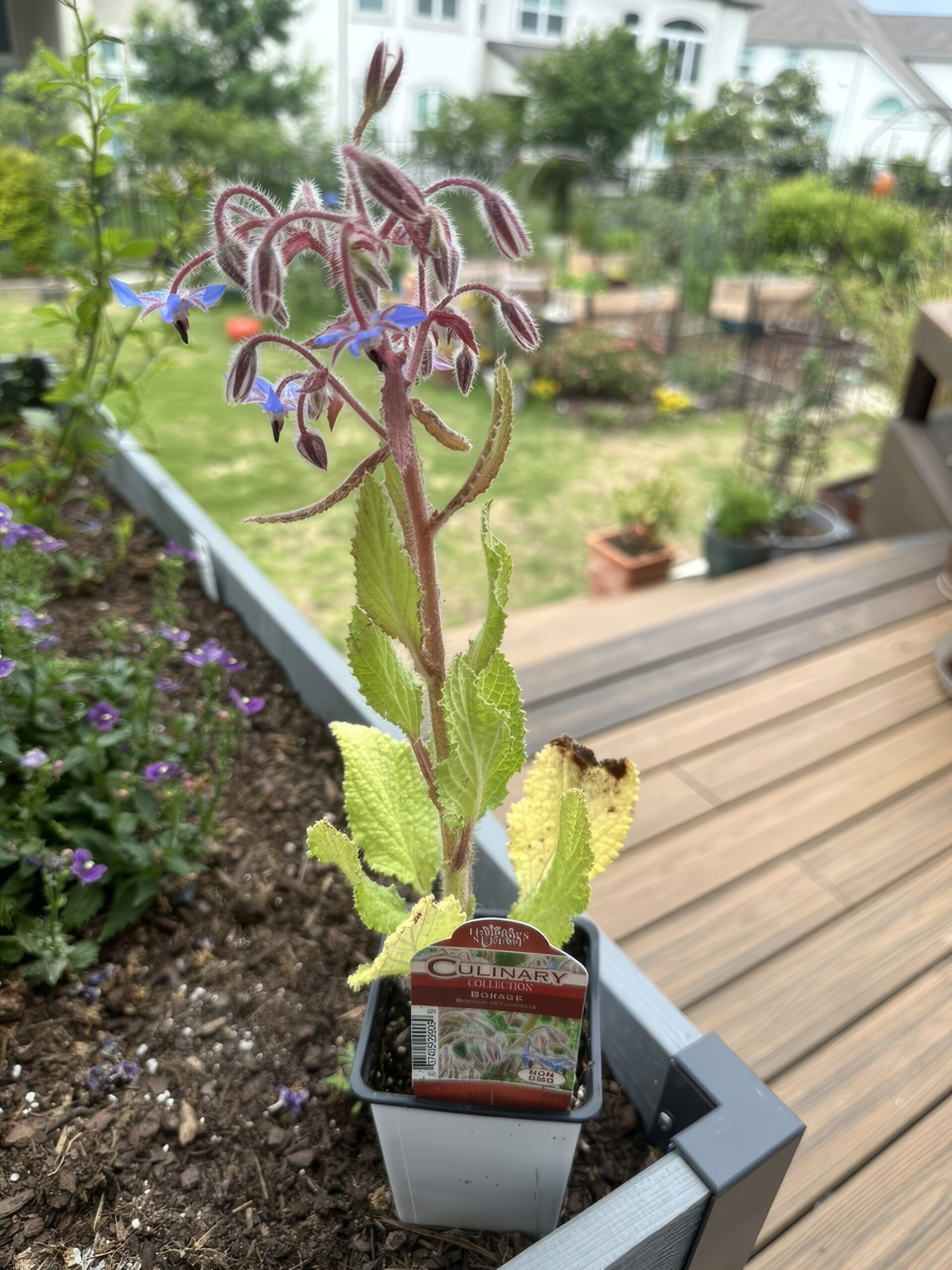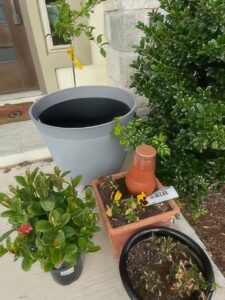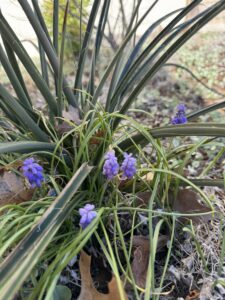Towards the middle of April my Texas Gardener magazine for May/June 2024 arrived in our mailbox. I so look forward to getting this subscription and immediately dive into the articles within its pages. One of the articles included in this edition focuses on borage. “Bees are Sweet on Borage” by Barbara Brown piqued my interest in growing such a useful herb. Well, in truth, the photograph of a light refreshing lemonade caused me to stop and think of our podcast and blog because we are trying to include some of what we grow in the kitchen.
Growing Borage
Borage (Borage officinalis) is an annual herb; meaning it germinates, flowers, makes seeds and dies in one year. It is an herb that is thought to originate in the Eastern Mediterranean but is quite happy growing in gardens in many climates. Borage has several common names such as Starflower, bee bush, bee bread, bugloss, cool tankard and talewort. I can readily see the first three names but may need to figure out what bugloss and talewort are. I think cool tankard is in reference to the light cucumber fragrance and flavor. This is an ancient herb. It was written about by Pliny the Elder way back in Roman age of wisdom. From then to today it has found favor in many records for the multiple uses of the plant.
Borage grows quite well when sown directly in the garden bed after the last frost for your area. It likes to grow in full sun or just a bit of shade but not too much or you will sacrifice flowering. I’m trying full sun here in the kitchen garden this year and will try to keep everyone updated on the progress of the growing season. This herb has broad, hairy leaves and that is an indicator that its likes a consistently moist soil but not soggy. Make its home in well draining soil with a topping of some compost for good growth. I am not planning to add additional fertilizer throughout the season other than what the compost will impart to the soil. I am understanding this is an herb that is easy growing and self-seeds to continue the supply next year. I am expecting the borage to reach 2-3 feet tall and about 2 feet wide.
Borage must be kept well away from dogs or cats as well as other small animals. It presents a toxic danger to these creatures. Mine is ensconced behind our kitchen garden fencing, well away from our pups nosy natures.
Usefulness of Borage
Now borage sounds interesting to me on three fronts. I want to use the delightful blue star shaped flowers as garnishes for salads and drinks. Such a beautiful blue! Secondly, this plant is a powerhouse pollinator and beneficial insect supporter. Lastly, I am interested in the favorable mulching and composting potential reported for Borage.
Borage has a delicate cucumber scent and flavor. Jeff put this aspect to good use and has promised us a review of the gorgeous drink he mixed up. I am looking forward to making the simple syrup he described as well. Now before anyone ingests borage or uses it as a topical application you need to educate yourself on the properties of any herb. Borage is a potent source of gamma-linolenic acid. GLA is an Omega 6 fatty acid that is good for us but borage also contains pyrrolizidine alkaloids in small amounts. It has been linked to liver damage if ingested in large quantities. Always be hesitant to adopt any new herbs before you follow up with the properties of that plant.
I am feeling quite happy to garnish a light spring salad with the borage flowers or place a few in ice cubes for a refreshing afternoon iced tea. I have read the leaves are cooked to have a spinach like dish.
Next on my list of purposes is as a pollinator nectar source and a beneficial insect shelter plant. I read in the Farmer’s Almanac that beekeepers are very partial to borage because the rich nectar and abundant pollen could produce up to 200 pounds of honey per acre and 60 to 160 pounds of pollen. Interestingly, the pollen is a beautiful blue as well. The bees and hummingbirds are drawn to the nectar and I am excited to see this play out in the garden. Borage is a terrific habitat for beneficial insects; drawing the helper friends to your garden such as lacewings which like to lay their eggs within the plant. I am going to be on the look out for the delicate eggs because they appear to be quite lovely.
One more aspect of borage is its ability to repel undesirable pests such as the tomato hornworm. This makes it a wonderful companion plant for many crops like tomatoes, squash, strawberries, beans and spinach. One physical deterrent may be the fuzzy, prickly hairs on the leaves and stems. I did plant mine near a tomato just to see what happens.
Then there is the wonderful way borage compliments the garden as a mulching plant. When I have a bit of empty garden space between plantings I could use borage as a green cover crop. Borage gathers trace minerals in its leaves and stems then replaces these minerals into the soil as the chopped and dropped plant is re-incorporated by the living microorganisms in the garden bed. From my research I gather that the web of life in the soil likes borage and will willingly process it back into the upper layers quickly so your next planting has access it the nutrients it collected. I think the gardener can easily pull up plants that have reseeded from the parent plant.
In conclusion I feel borage will be a super plant to grow and I plan on reporting how we like it along the way.
Borage in Food and Drink
A cocktail made with the Borage plant, a sparkling borage cocktail, is a refreshing drink you can make that pairs well with the upcoming summer months BBQ’s. You can make this cocktail using your favorite gin and the borage plant and its edible flowers, which are used to create a syrup and frozen into ice cubes for garnish.
Borage Cocktail
1 1/2 ounces borage simple syrup (below)
1 1/2 ounces lemon juice
1 1/2 ounces gin (I used Hendrik’s)
2 ounces club soda
Borage flowers, for garnish
Pour the borage syrup, lemon juice, and gin into a cocktail shaker filled with ice. Shake until chilled, strain into an ice-filled glass, and top off with soda. Garnish with borage flowers.
Borage Simple Syrup
1 cup water
1 cup sugar
1/2 cup borage flowers and leaves
Combine the water and sugar in a small saucepan. Bring to a boil over medium heat, stirring until the sugar is completely dissolved. Remove from heat and stir in the borage. Let steep for at least 1 hour and strain through a fine-mesh strainer.

